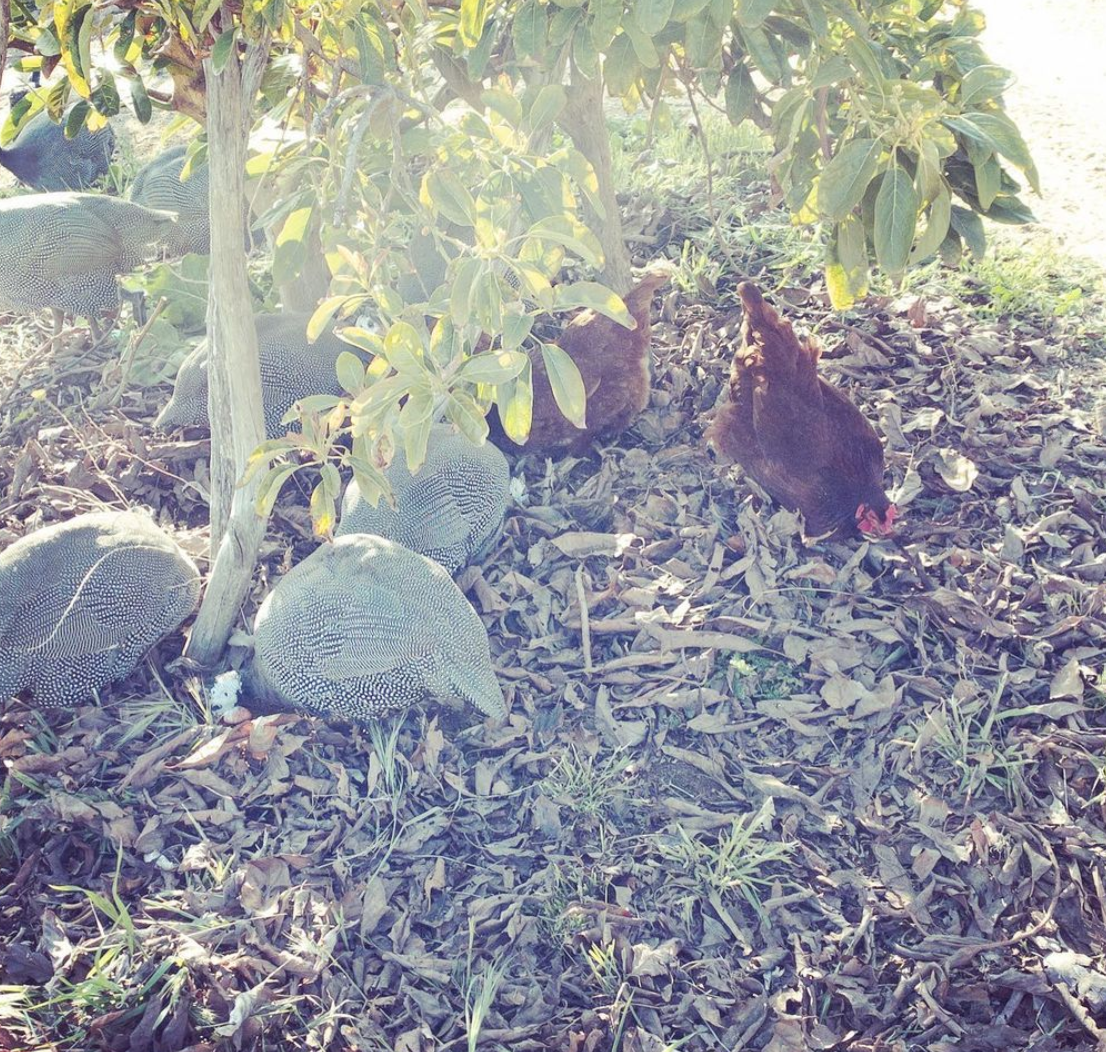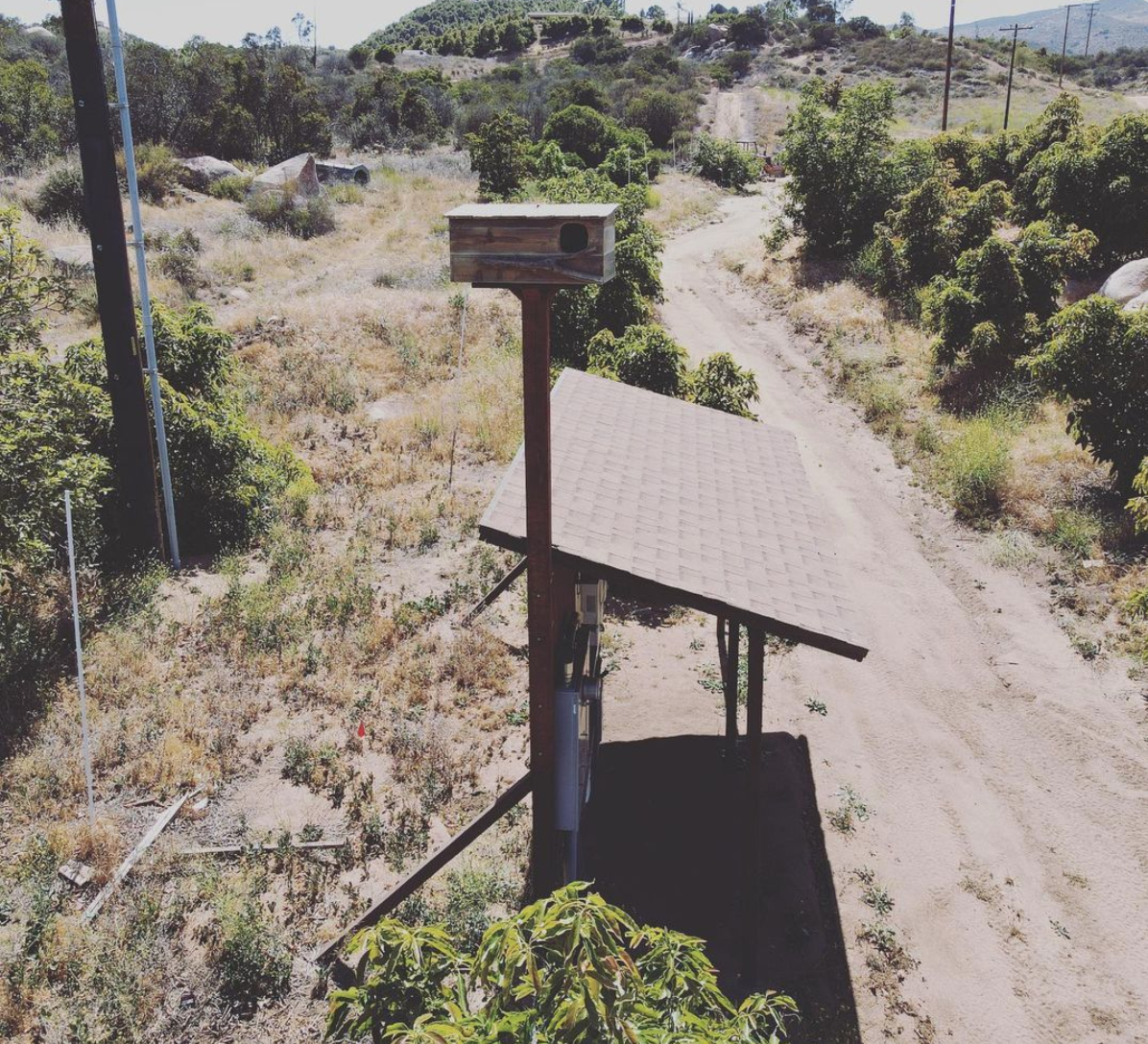regenerative organic
Here at Zephyr Mountain Grove, we are working towards becoming a Regenerative Organic farm. Since we purchased our farm, my wife Nicole and I have wanted to take care of beautiful land that produces healthy crops, supports wildlife, protects animals and encourages a healthy environment. My wife is vegan, as well as an animal lover and advocate, and many of the conversations we’ve had have really pushed me to explore new ways of doing things.
I am in no way an expert on regenerative farming, and in many ways it’s a form of agriculture that is continuing to evolve over time and with research. For us at Zephyr, it means protecting the soil, water and land, supporting natural wildlife and protecting animal welfare, as well as creating a positive, socially just and fair workplace. More can be explained on the requirements for certification and the movement in general here at Regenerative Organic Certified. There are many farmers out there that still use large-scale industrial farm practices (i.e. spraying their crops for weed control or pest control with chemicals that are harmful). Many of these practices affect the local wildlife, introduce chemicals to the soil or the crop of the food we eat. Nicole and I recently went to a farm (to be left unnamed), and it was immediately clear that it was not organic just by looking at the natural wildlife. There was none.
We’ve done quite a few things to move into the direction of Regenerative Organic farming, but there’s still a lot that we’re planning to do in the future. We started originally by just trying to find balance with the natural wildlife. We added wildlife watering holes throughout the grove so coyotes and other wildlife could have a water source. Bringing wildlife in also helps us keep the rodent population down. We also installed an owl box to encourage owls to move into the area. The owl box is now home to a nest of owls chicks, a very positive sign for the wild owl population, but also for the future of our farm’s sustainability. Owls can eat up to 3,000 rodents in one year. That helps to naturally protect our crops. We added a bat box to help with flying bugs and added a flock of free range chickens and guinea fowl; all of which cut down the populations of harmful insects. The chicken and guinea flock also helps keep weeds in check and turn the soil while foraging. Our flock has grown to about 28 chickens and now 7 guineas.
We had 4 guineas taken by predators which is a new challenge for us, so we’re now looking for a guardian dog for the flock which would also helpful if we decide to add livestock to the farm. It has to be the right fit, so we’re taking our time to be intentional and supportive to our animals and the land.
Coyote on the farm’s wildlife camera.
There is a lot of information out there for those who are interested. The video below on Regenerative Agriculture was especially inspiring to me and really explains the reason and vision of Regenerative Farming. It’s a clear way to protect our environment and help humans avoid continuing to destroy our land, and the people and animals that inhabit it.






